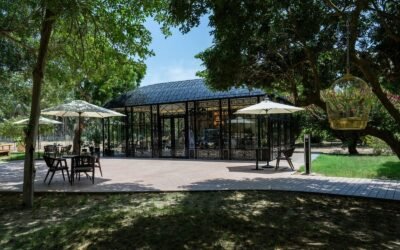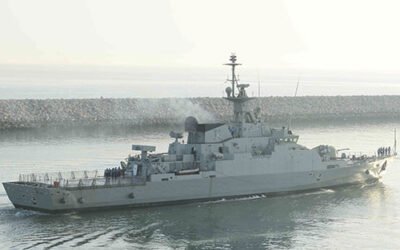Sons of Majan Museum: A Comprehensive Guide
Introduction
The Sons of Majan Museum in Sohar, Oman, is a privately owned museum that houses a vast collection of historical and archaeological artifacts. The museum’s exhibits cover a wide range of topics, including traditional weapons, musical instruments, ship-making tools, currency, weighing tools, traditional ships, pottery, and more. This comprehensive guide to the Sons of Majan Museum will help you make the most of your visit.
Exhibits
Traditional Weapons
The museum’s traditional weapons section includes the oldest traditional weapons known as “Abu Fatila”, in addition to the “al-Sam’a” of various types. Some of them are made of metal and this type can be used by the user with a number of types of bullets for other weapons, while the other type of them cannot be used. It uses only the bullets assigned to it, in addition to other types of traditional weapons that decorate the walls of the museum.
Musical Instruments
The museum also contains a corner for musical instruments that were extracted from the sea, such as large shells, parts of animal bones, and ancient knives.
Ship-Making Tools
The museum includes traditional ship-making tools such as mugs, prisms, and nails from which ships were made at that time, diver equipment to extract pearls, seashells and music shells that were used in air blowing. Among the holdings are also mill tools of all kinds, leather goods, as well as ancient textiles, the most famous of which is « The shawl, which was famous for its weaving in the state of Sohar in the past.
Omani Currency
The Omani currency corner includes rare coins from the old Omani monetary instruments, including issues from Zanzibar during the extension of the Omani Empire in the past, and the first issue is “Sijili” Which is meant by the head of the governors to this day. Among them are “French piaster” and “Aryan”. They are complementary to the French penny, and distinguished by their closeness to white gold in their shape and design, as well as to ancient Indian coins, due to the trade exchange in that time period.
Other Exhibits
The museum also has exhibits on traditional ships, pottery, weighing tools, old books, and more.
Conclusion
The Sons of Majan Museum is a must-visit for anyone interested in learning more about Oman’s rich history and culture. The museum’s exhibits cover a wide range of topics, and the staff are knowledgeable and friendly. If you are in Sohar, be sure to check out the Sons of Majan Museum!

I'm Hassan — a multidisciplinary storyteller at the intersection of culture, creativity, and strategy. As a content creator and website manager at Omanspire, I bring Omani stories to life through thoughtful writing, SEO-driven publishing, and engaging digital experiences. With a passion for history, branding, and visual design, I craft content that bridges tradition and innovation — always with purpose, and always with people in mind.




